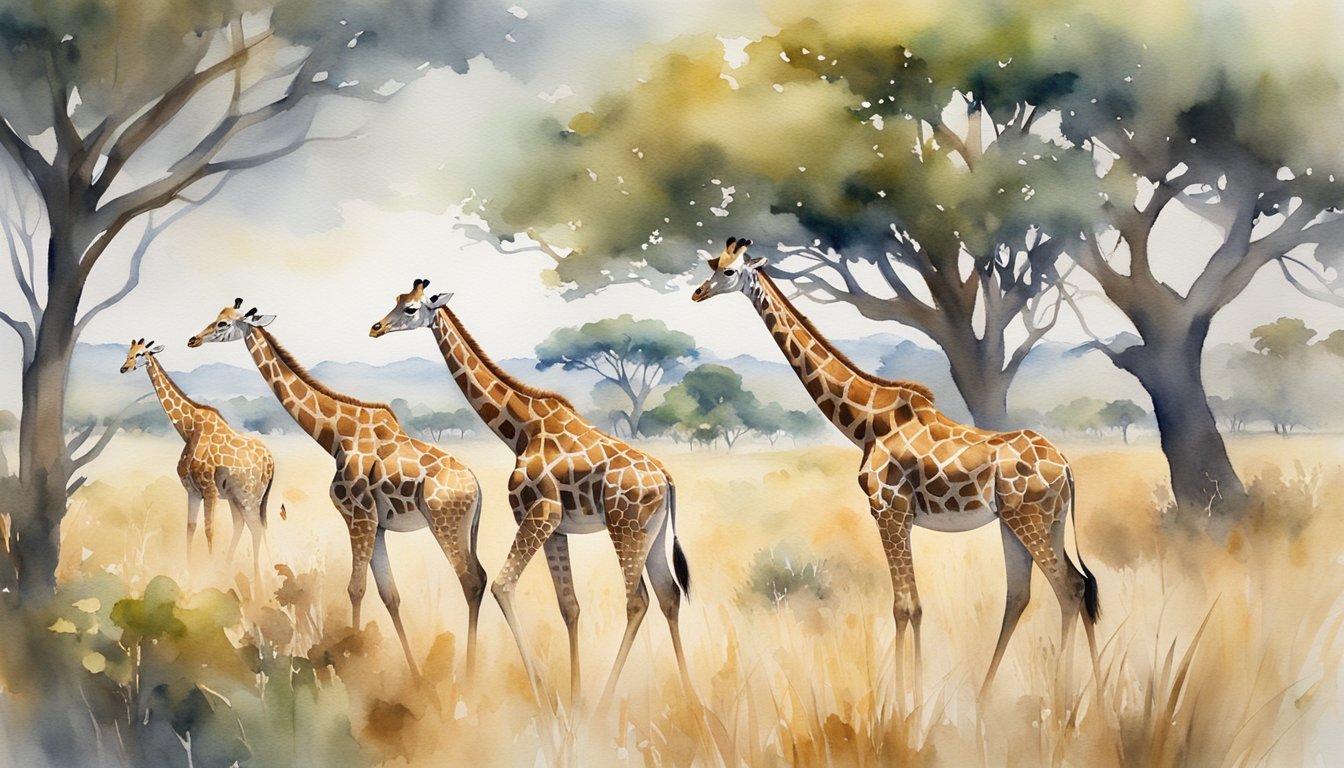The Current State of Giraffe Populations

The status of giraffe populations has garnered attention due to their iconic stature and recent declines. Historically, giraffes have roamed across much of sub-Saharan Africa, but their numbers have fallen sharply. The International Union for Conservation of Nature (IUCN) has classified giraffes as vulnerable on their Red List, indicating that they face a high risk of extinction in the wild.
While the species as a whole is listed as vulnerable, there is a diverse range of giraffe subspecies, some of which are faring worse than others. For instance, the Nubian giraffe is listed as critically endangered, with drastic measures required to prevent their extinction.
As of the most recent assessments, giraffe populations have seen a decrease of about 40% over the last three decades. Several threats contribute to their decline, including habitat loss, poaching, and civil unrest in their home ranges. Giraffe numbers fell from an estimated 140,000 in the late 1990s to around 80,000 by the mid-2010s.
However, there is a glimmer of hope; recent efforts in conservation are paying off. The latest data from 2020 suggest an overall increase in wild giraffe numbers to approximately 117,000 individuals, indicating a 20% rise since 2015. Notably, this population recovery is not uniform across all subspecies or regions, emphasizing the importance of continued targeted efforts to ensure the future of all giraffe populations.
The work of organizations like the Giraffe Conservation Foundation has been instrumental in these advancements. By moving giraffes to safer areas, enforcing anti-poaching laws, and engaging local communities, the conservation community is striving to ensure that these towering mammals continue to grace the African landscape.
Threats and Conservation Efforts
The future of giraffes hinges on tackling numerous dire threats. Habitat loss, primarily due to human activities such as farming and settlement expansion, tops the list, making vast tracts of their home inhospitable. This ongoing habitat degradation not only reduces their living space but also fragments the population, making it harder for them to breed and thrive.
The illegal hunting or poaching of giraffes for their meat, hide, and tail hair is another significant challenge. These actions are pushing the giraffe populations towards a critical point where recovery could become unlikely.
Organizations like the Giraffe Conservation Foundation and the International Union for Conservation of Nature are leading the charge in research and conservation actions. They focus on a range of initiatives, from habitat restoration and preservation to anti-poaching efforts and community engagement.
Awareness is also crucial. People must understand the value of giraffes and the risks they face. Conservationists are working tirelessly to increase education and awareness among local communities and the global public.
The challenges of securing adequate funding and support for conservation efforts persist, but dedicated teams and international collaborations continue to make strides in safeguarding the future of these majestic creatures. Innovative research and technological advancements are also playing a crucial role in protecting endangered species, offering new insights into their behaviors and habitats. For example, just as the new dinosaur discovered 2022 provided valuable information about prehistoric life, ongoing wildlife studies are helping conservationists develop more effective strategies. By combining scientific discoveries with policy changes and community engagement, there is hope for a sustainable future for these remarkable animals.

